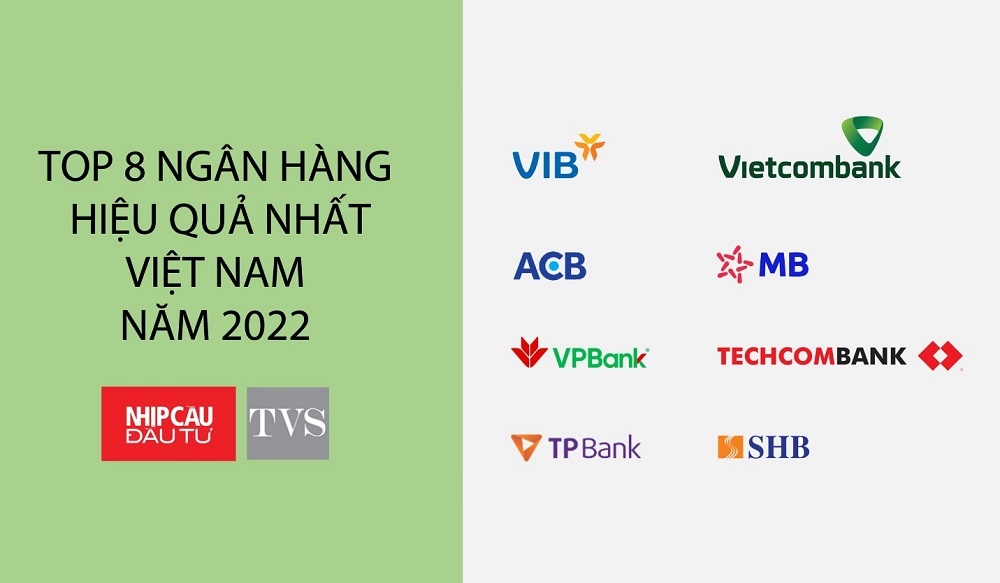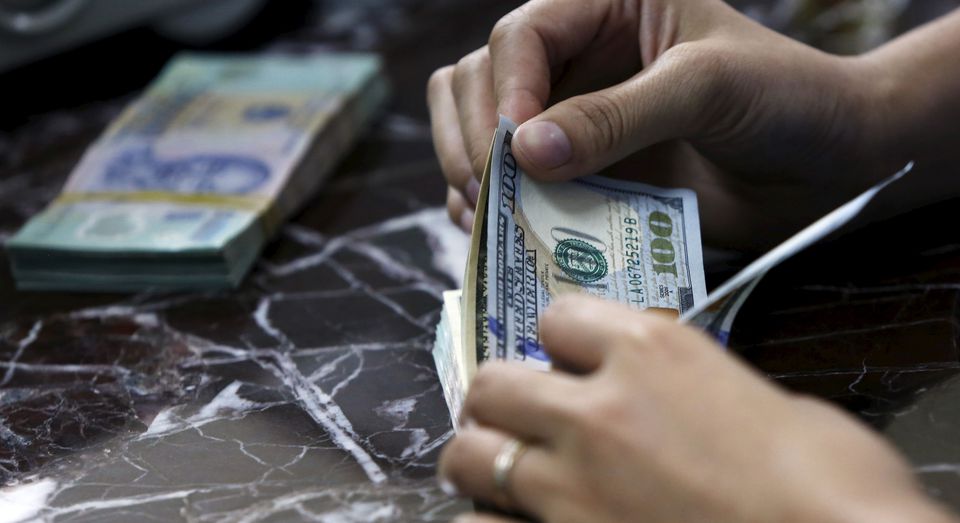Profits not yet forthcoming for commercial lenders
Profits not yet forthcoming for commercial lenders
Impacted by a number of factors, banking activities slowed down in the fourth quarter of 2022, causing speculation over local banks’ profits.

Talking to VIR, general directors of several joint-stock commercial banks confirmed that Q4 profits were flat.
“If counting only the fourth quarter, the bank is estimated to have no profit and it is lucky that there’s no loss,” one banker said. “However, whole-year profit is still positive because business results increased sharply in the second quarter and especially in Q3.”
The capital director of one private commercial bank said, “When people look at the expanded credit room, they will think that banks are allowed to lend more, which means more profits. But in fact, the room is widened in the context of liquidity difficulties, thus pushing up the deposit interest rates.”
An increase in deposit rates also means an increase in lending rates, he said. “In the current difficult economic time, businesses are struggling to defend and they do not need to borrow much, so bank profits will be damaged.”
Profits not yet forthcoming for commercial lenders, illustration photo/ Shutterstock
The leader of another commercial bank said that Deputy Governor of the State Bank of Vietnam (SBV) Dao Minh Tu had recently warned banks not to boast about yearly profits publicly, in the context of the current difficult economic conditions and high interest rates.
Banking profits have been expected to slow down in Q4 and into 2023, and non-interest income will fall due to the general difficulties of the real estate and securities markets. In particular, income from brokerage and investment banking services has been negatively affected by the corporate bond market. The liquidity of the real estate market is congested, making it difficult for banks to liquidate real estate collateral to recover off-balance sheet debts.
“Although banks’ reserve funds are considerable and asset quality is relatively stable, they have started to decline. Bad debt will increase more when credit control moves make it difficult for real estate businesses to access capital,” said one of the general directors.
By the end of October, deposit growth was only 4.8 per cent, much lower than credit growth of 11.5 per cent. The weakening of mobilised capital caused the liquidity situation to become tense and the interest rate level to increase. Compared to the beginning of the year, at large state-owned banks, deposit rates increased by 2 percentage points and by 3 to 4 percentage points at small private banks.
In addition, the operating costs of banks, especially staff costs, will continue to increase due to the trend of digital transformation, forcing banks to step up investment in tech and infrastructure to boost IT and data analysis. In addition, the reduction of lending rates in the last months of 2022 to support the economy will also negatively affect the net interest margin of banks at the end of the year.
According to Dr. Can Van Luc, BIDV’s chief economist, statistics from the financial statements of 27 listed banks showed that the profit of the banking industry grew well in the first nine months of the year, with total profit before tax reaching over $8 million, up 39 per cent over the same period. Of which, seven banks achieved a profit of over $420,000, and some banks have a growth rate of more than 50 per cent over the same period.
“However, it should also be noted that the 9-month profit does not reflect the final business results of the year, because credit institutions often make full credit provisions at the end of the year after a more complete assessment of the financial situation,” Luc said.
According to a business trend survey in Q4 by its Department of Forecasting and Statistics, the SBV said that from the third quarter, the business situation of the banking system was not as projected. Around 70-75 per cent of credit institutions expected their business to improve in the next quarter and the whole year of 2023, with a lower level of improvement than expected in the previous survey.
Regarding pre-tax profits in 2022, 88 per cent of credit institutions expected positive growth compared to 2021, 6.8 per cent of respondents projected negative profit growth, and 5 per cent estimated similar profits.



















